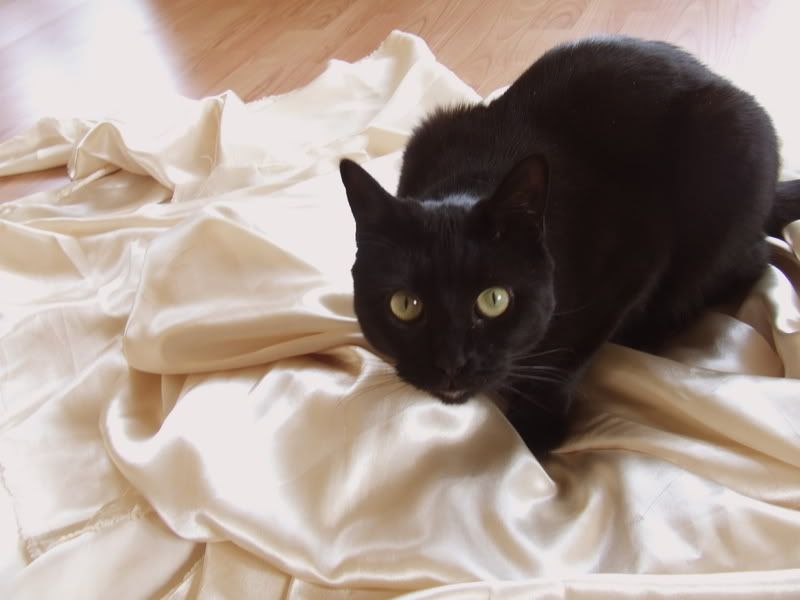
The asparagus in this country, like leeks and carrots, are enormous. So huge, in fact, that it took me until now to work up the courage to buy them, never mind clean and cook them. I'm not afraid of most vegetables, but up until I moved to the Netherlands, asparagus were green (and occasionally purplish), no thicker than a dime, and had a funny taste (that I now know comes from undercooking them). They were not these monstrous, white abominations. And what did you do with them? My mom (to whom I owe a lot, but not what cooking skills I have) had always snapped off the rough stem end, gave them a wash in water, and sautèd them. But these looked like they would break my arms if I tried that.
Here's another way my boyfriend sucks at being Dutch: he had no inkling how to slaughter and gut (let's not pretend these wouldn't eat you alive if they had a chance) one of these creatures, either. His first attempt a few years ago ended with white worms swimming in a pot of boiling water. They were deemed unedible, even for him, and we consequently resigned ourselves to a spring without white asparagus and Hollandaise sauce. Since then, I've looked upon these things with a mix of suspicion and curiosity--how does a simple vegetable flummox Karel's cooking, and what does it taste like?
I'm happy to report that they taste delicious, thanks to a certain degree of hubris on my part, Masterchef for demonstrating the proper use of an asparagus peeler, and Julia Child for pointing out just how deep the asparagus peel really goes. You need to get rid of all of the tough, fibrous layer on the outside, or else the inside will cook but the outside will stay tough, so shave away until the plant becomes "juicy" to the touch.

The hubris comes from my electing to steam the asparagus, instead of following the countless generations of Dutch omas before Karel and boiling them. Actually, it wasn't so much hubris as the fact that these suckers wouldn't fit into the biggest pot we had, leaving me little choice but to steam them. With steaming, it doesn't matter if the food sticks out a little--a foil seal around the food will trap the steam and everything cooks evenly. After 10 minutes in the sauna, they were juicy, and so sweet I could have served them as a dessert.
Now, to attempt the Hollandaise sauce...




